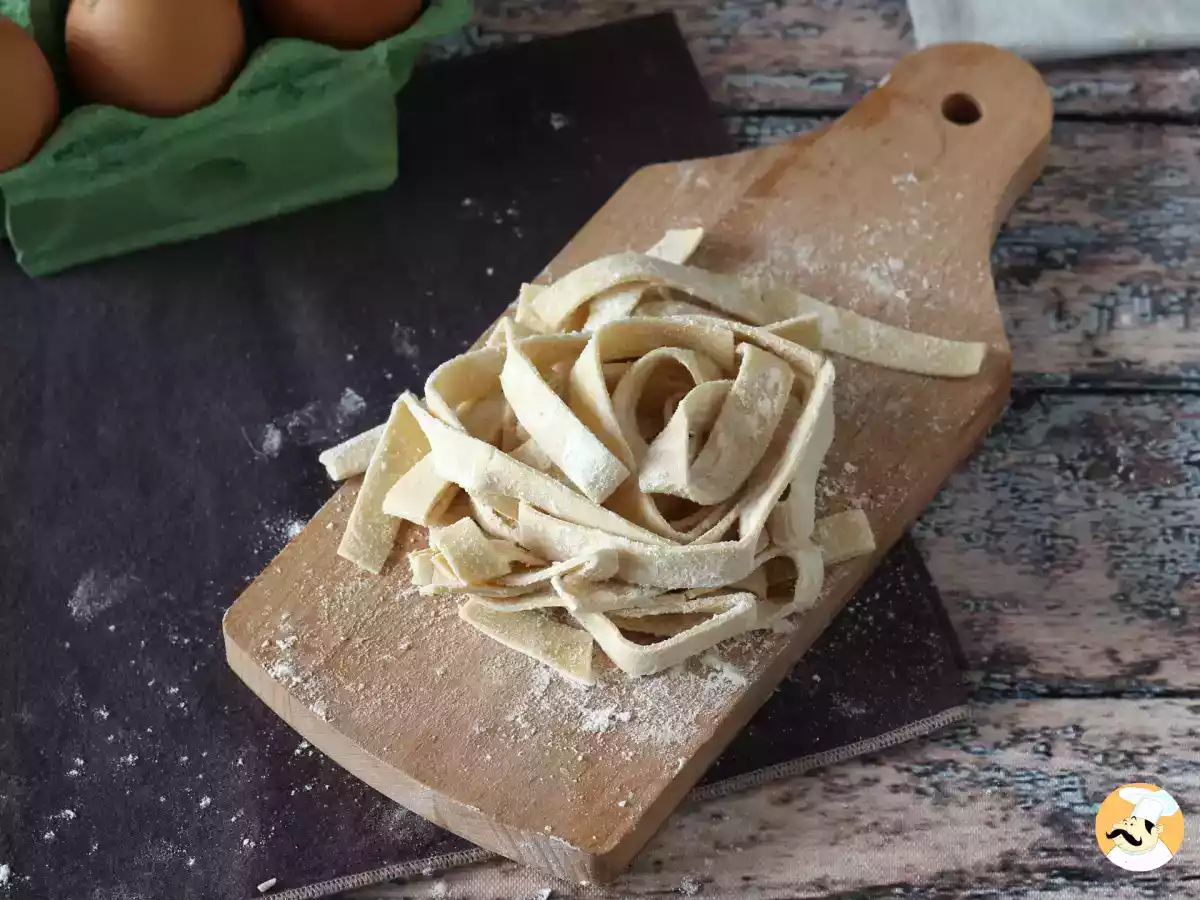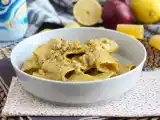The eternal dilemma: fresh pasta or dry pasta? Which should I use?

Pasta is a staple in any kitchen. It is cheap, versatile, tasty and an excellent source of energy. There are countless varieties of pasta on the market that allow us to create an infinite number of dishes for any occasion: salads, soups and a long list of pasta dishes that vary according to the type of pasta, the sauce and the ingredients that accompany them. However, despite its popularity, there are still doubts about which is better to use: fresh or dried pasta? If you have ever wondered about this, read on to find out which is the best option depending on the dish you want to prepare.
What are the key differences between fresh pasta and dry pasta?
The differences between fresh and dry pasta go beyond their processing. Below, we analyze their main characteristics: cooking time, texture, flavor, preservation and when each is best to use ↓↓
Ingredients and preparation
Dry pasta: It is mainly made with durum wheat semolina and water. After kneading, it is left to rest to allow the gluten to develop and strengthen, which gives it the necessary resistance to withstand cooking without losing its shape. The dough is then dried, removing all moisture.
Fresh pasta: It is made with wheat flour and egg (or just egg yolks). The absence of drying maintains its moisture, which gives it a more delicate texture and makes it tastier thanks to the egg.
Cooking time
Dry pasta: Cooking time varies according to the shape and size of the pasta, but it generally needs about 8-12 minutes to reach the "al dente" texture, which is ideal for absorbing sauces without disintegrating.
Fresh pasta: Because it is already hydrated, it cooks much faster, in as little as 2-3 minutes, depending on the type of pasta.
Texture and flavor
Dry pasta: Once cooked, dry pasta has a firm texture and a more neutral flavor. It is perfect for dishes with dense and forceful sauces, as it can absorb them without becoming mushy.
Fresh pasta: It has a softer and more elastic texture, and its flavor is richer thanks to the use of eggs in its preparation. It is ideal for lighter dishes and creamy sauces.
Conservation
Dried pasta: It has a very long shelf life. Being completely dehydrated, it can be stored in a dry and dark place for months or even years without losing quality.
Fresh pasta: It has a much shorter shelf life. If it is homemade, it is recommended to consume it immediately or keep it in the refrigerator for a maximum of 2 days. It can also be frozen and last up to 3 months.
Price
Dry pasta: Its industrial processing and long shelf life make it more economical and easy to find in any supermarket.
Fresh pasta: It is usually more expensive due to its artisanal elaboration process (or smaller scale production) and its shorter shelf life.
What is the best choice?
There is no definitive answer, as it depends on the recipe, the taste of each person, the culinary customs of your country and the result you are looking for. Generally speaking, the choice between fresh or dried pasta depends on the type of dish you are preparing. Generally speaking:
Dry pasta: This is the best choice if the dish requires a firm texture or if it will be accompanied by dense sauces, such as a ragu or a bolognese. Its structure allows it to maintain its shape and absorb the heaviest sauces well. It is ideal for pasta salads or dishes that require the pasta to remain firm for a longer period of time, such as macaroni, fusilli or farfalle.
Fresh pasta: If you are looking for a soft and delicate texture, fresh pasta is your best ally. It works best with light, creamy sauces, such as butter and sage sauce or a cream cheese sauce. It is the perfect choice for stuffed pasta dishes, such as ravioli or tortellini, and for preparations such as fettuccine Alfredo or tagliatelle with salmon and ricotta cheese where the texture and flavor of the pasta play a more important role.
In other words
When should I choose one or the other? Both options have their place in the kitchen. Dry pasta is more versatile and durable, while fresh pasta brings an artisanal touch and more intense and delicate flavors. Your choice should be based on the type of dish, the time available and, above all, your personal preference.
Time to put on your apron
Now that you have more information about the different types of pasta, here are some delicious recipes so you can put into practice everything you have learned ;) We hope you like them!

Creamy pasta with burrata cheese and cherry tomatoes

Pumpkin and sausage meat pasta

Pasta with a great tuna, pistachio and lemon sauce

Creamy smoked salmon ricotta pasta

Comments